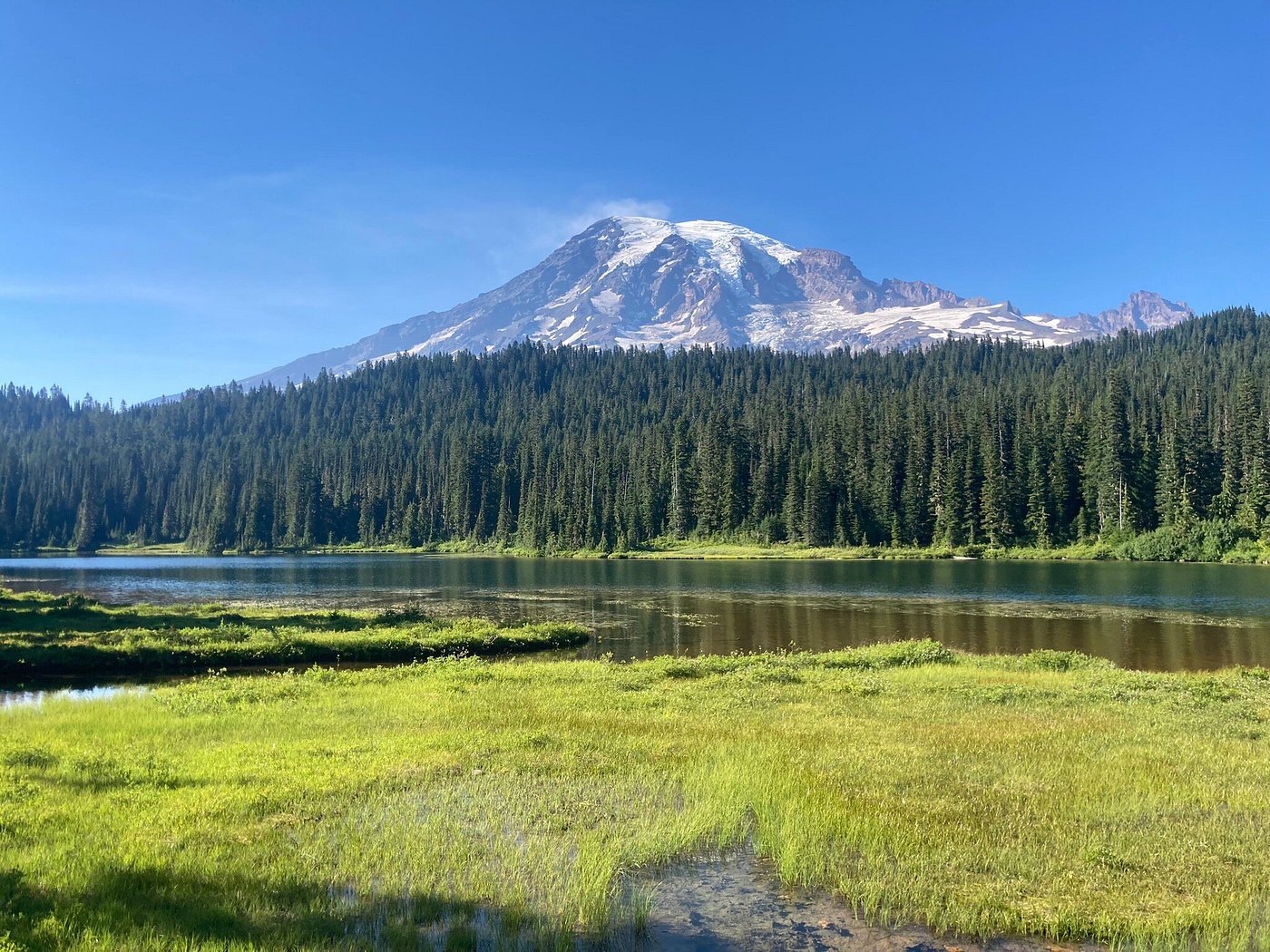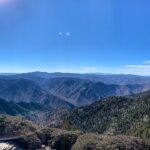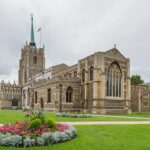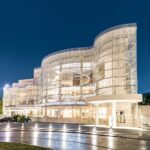Quick Bits:
Mount Rainier National Park is a breathtaking destination in Washington State. Towering at 14,411 feet, Mount Rainier dominates the skyline, wrapped in glaciers and surrounded by lush forests. Established in 1899, it remains one of the oldest national parks in the United States. The park is home to diverse wildlife, pristine meadows, and cascading waterfalls, making it a paradise for outdoor lovers.

Image by Samuel Kerr from wikipedia
Key Highlights
- Location: Washington State, USA
- Peak Elevation: 14,411 feet (Mount Rainier)
- Established: 1899, one of the first U.S. national parks
- Wildlife: Black bears, elk, mountain goats, marmots, and over 180 bird species
- Glaciers: 25+ glaciers covering the mountain
- Top Attractions: Paradise, Sunrise, Wonderland Trail, Myrtle Falls, Carbon Glacier
- Hiking Trails: Over 275 miles of scenic routes for all skill levels
- Best Time to Visit: July to September for wildflowers and clear skies, winter for snow activities.
General Information
Mount Rainier National Park covers over 236,000 acres, protecting a wide range of ecosystems. More than 25 glaciers drape the mountain, feeding rivers and waterfalls. The park features five developed areas: Longmire, Paradise, Ohanapecosh, Sunrise, and Carbon River/Mowich. Each offers unique landscapes, hiking trails, and scenic viewpoints.
Wildlife thrives in the park. Black bears, mountain goats, marmots, and elk roam freely. Ancient forests shelter hundreds of bird species, making it a favorite spot for birdwatchers.
The park sees nearly two million visitors annually, drawn by its hiking trails, scenic drives, and mountaineering opportunities. Rangers host educational programs, helping visitors appreciate the park’s rich history and fragile ecosystems.
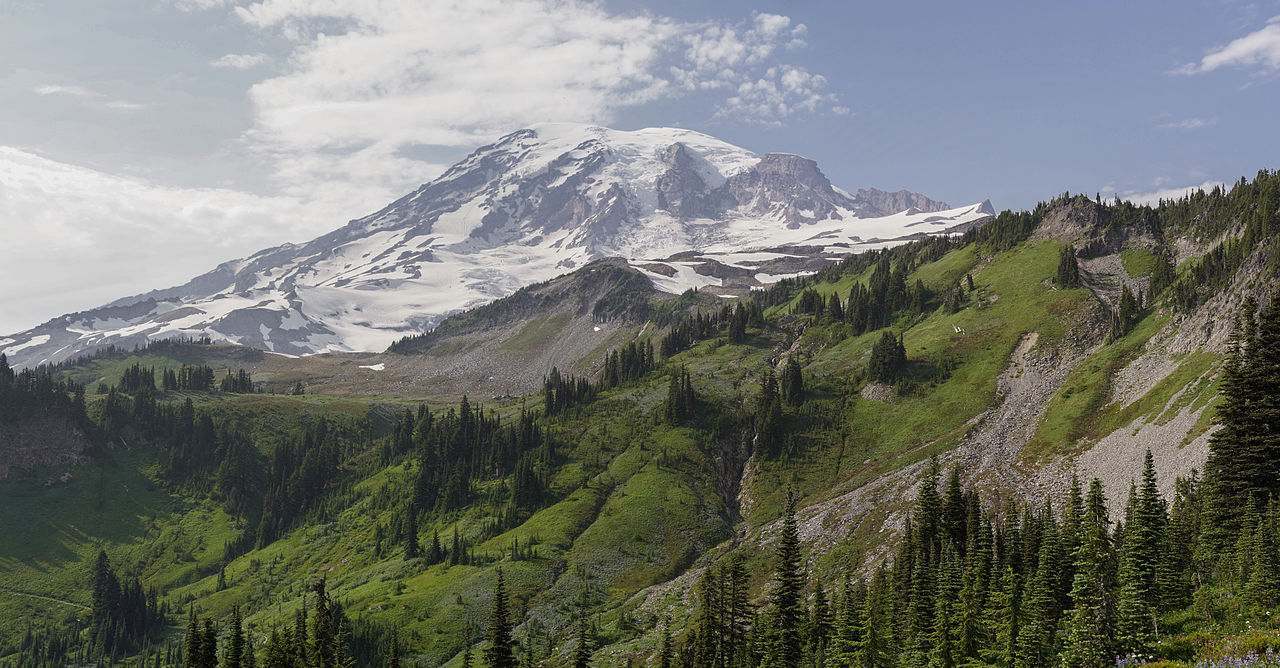
Image by Dllu from wikipedia
Geography Information
Mount Rainier dominates the Cascade Range. Its glaciers form the headwaters of several rivers, including the Nisqually, Puyallup, and Cowlitz. The park features deep valleys, alpine meadows, and old-growth forests.
The region sits in an active volcanic zone. Though Mount Rainier has not erupted in recent history, scientists monitor it closely due to its potential impact on surrounding communities.
The park’s diverse landscapes result from both volcanic activity and glaciation. Rugged ridges, lava flows, and glacial moraines create dramatic scenery. Over 275 miles of trails wind through these landscapes, offering breathtaking views at every turn.
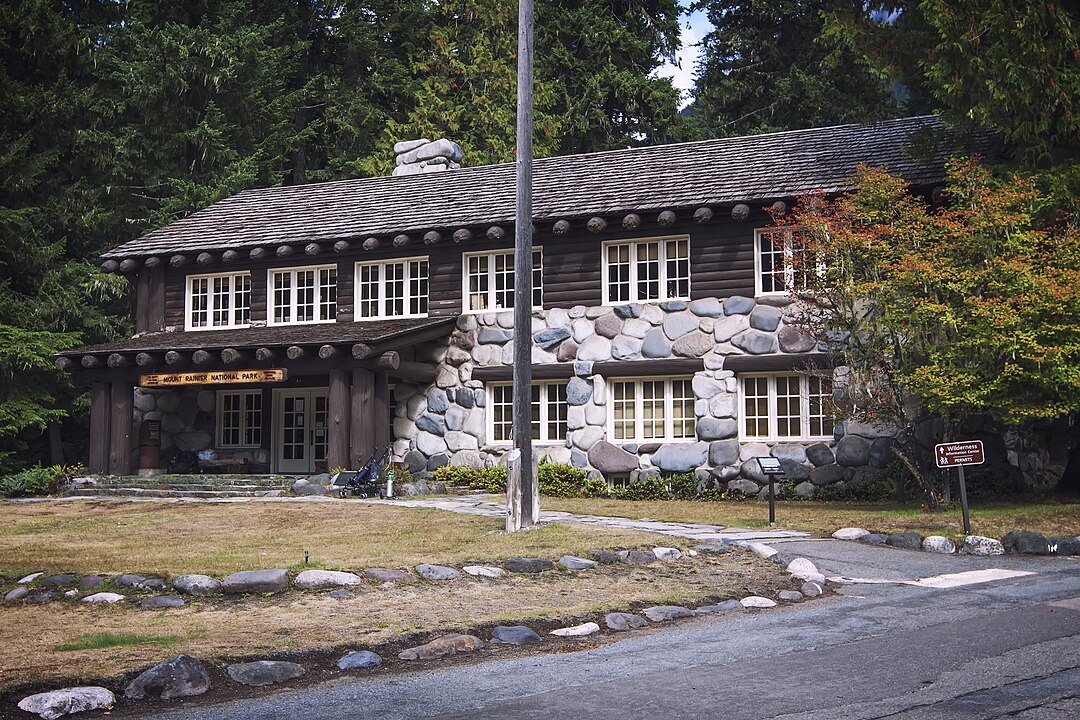
Image by Steven Pavlov from wikipedia
Places to Visit
Paradise
The most famous area in the park, Paradise, lives up to its name. Wildflower-filled meadows burst into color during summer. Myrtle Falls, with Mount Rainier in the background, is a popular photography spot. The Henry M. Jackson Visitor Center provides trail maps, exhibits, and park information.
Sunrise
At 6,400 feet, Sunrise is the highest point in the park accessible by car. It offers unmatched views of Mount Rainier and the surrounding peaks. Popular trails like Burroughs Mountain and Sunrise Rim start here.
Longmire
This historic district features the National Park Inn and a museum. The Trail of the Shadows, an easy loop, showcases mineral springs and old-growth forests.
Ohanapecosh
Located in the southeastern section, this area is known for its lush forests and hot springs. The Grove of the Patriarchs Trail leads visitors through ancient Douglas firs and western red cedars.
Carbon River & Mowich Lake
This remote section provides access to the Carbon Glacier, one of the lowest-elevation glaciers in the continental U.S. Mowich Lake is a serene alpine lake ideal for kayaking and hiking.
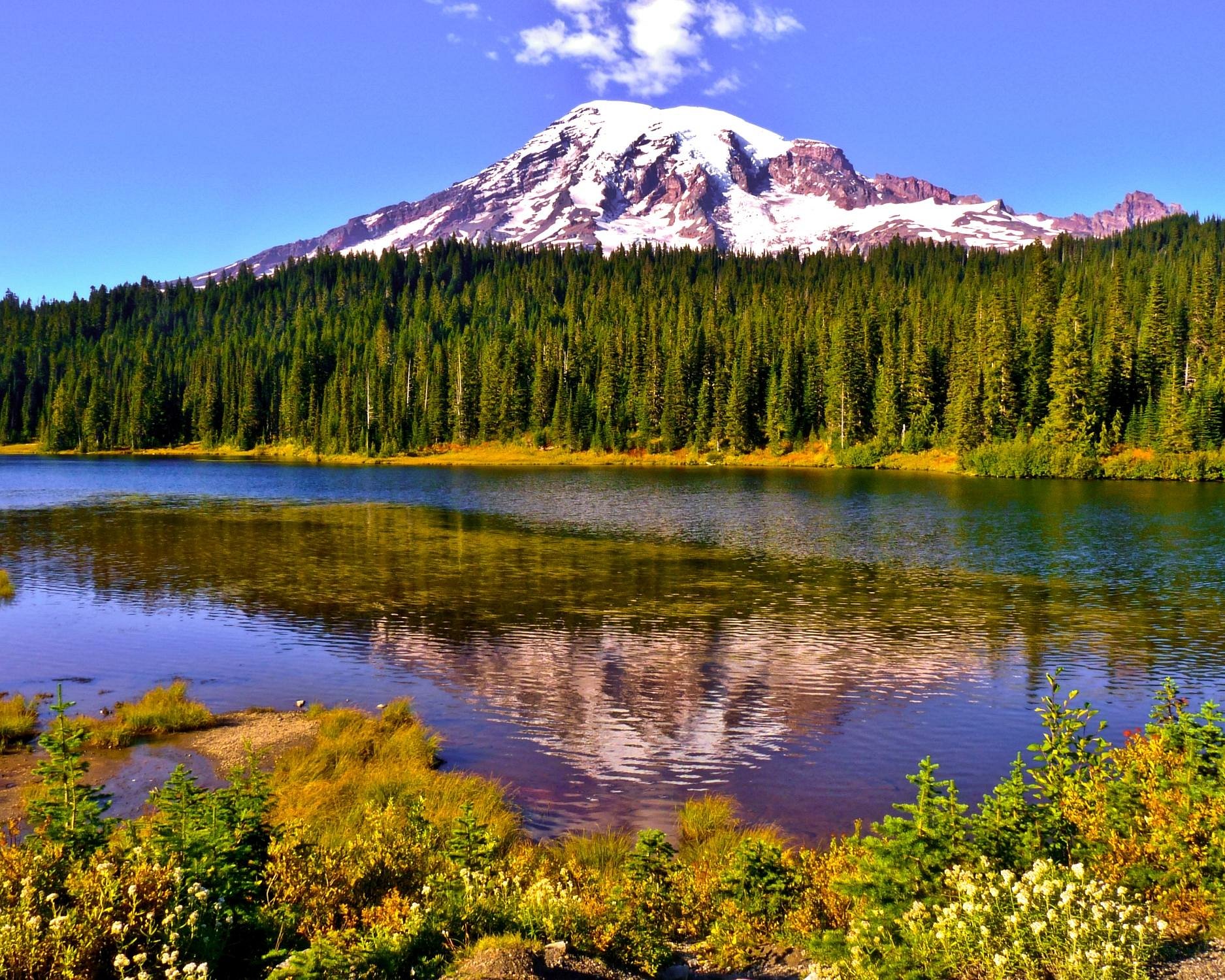
Image by dileepb49 from tripadvisor.in
Yearly Climate
The park experiences a range of weather conditions due to its elevation changes.
- Winter (November – March): Heavy snowfall blankets the park. Paradise records over 600 inches of snow annually, making it a top winter destination for snowshoeing and skiing.
- Spring (April – June): Snow lingers at higher elevations, but lower areas begin to thaw. Waterfalls peak due to melting snow.
- Summer (July – September): The best time to visit. Wildflowers bloom in full force, and trails become accessible. Clear skies provide spectacular mountain views.
- Fall (October – Early November): Crisp air and golden foliage create stunning landscapes. Trails remain open until snowfall begins.
Best Time of Year to Visit
The ideal time to visit Mount Rainier National Park depends on the activities planned.
- July through September offers the best weather for hiking and sightseeing. Wildflowers peak in late July, painting the meadows with brilliant colors.
- Winter months attract those who love snow activities. Snowshoeing and backcountry skiing are popular.
- Fall months provide stunning scenery with fewer crowds. Photographers and solitude seekers favor this season.
- Spring months showcase roaring waterfalls but can still have snow-covered trails at higher elevations.
For those aiming to experience the famous wildflower bloom, late July to early August is prime time.
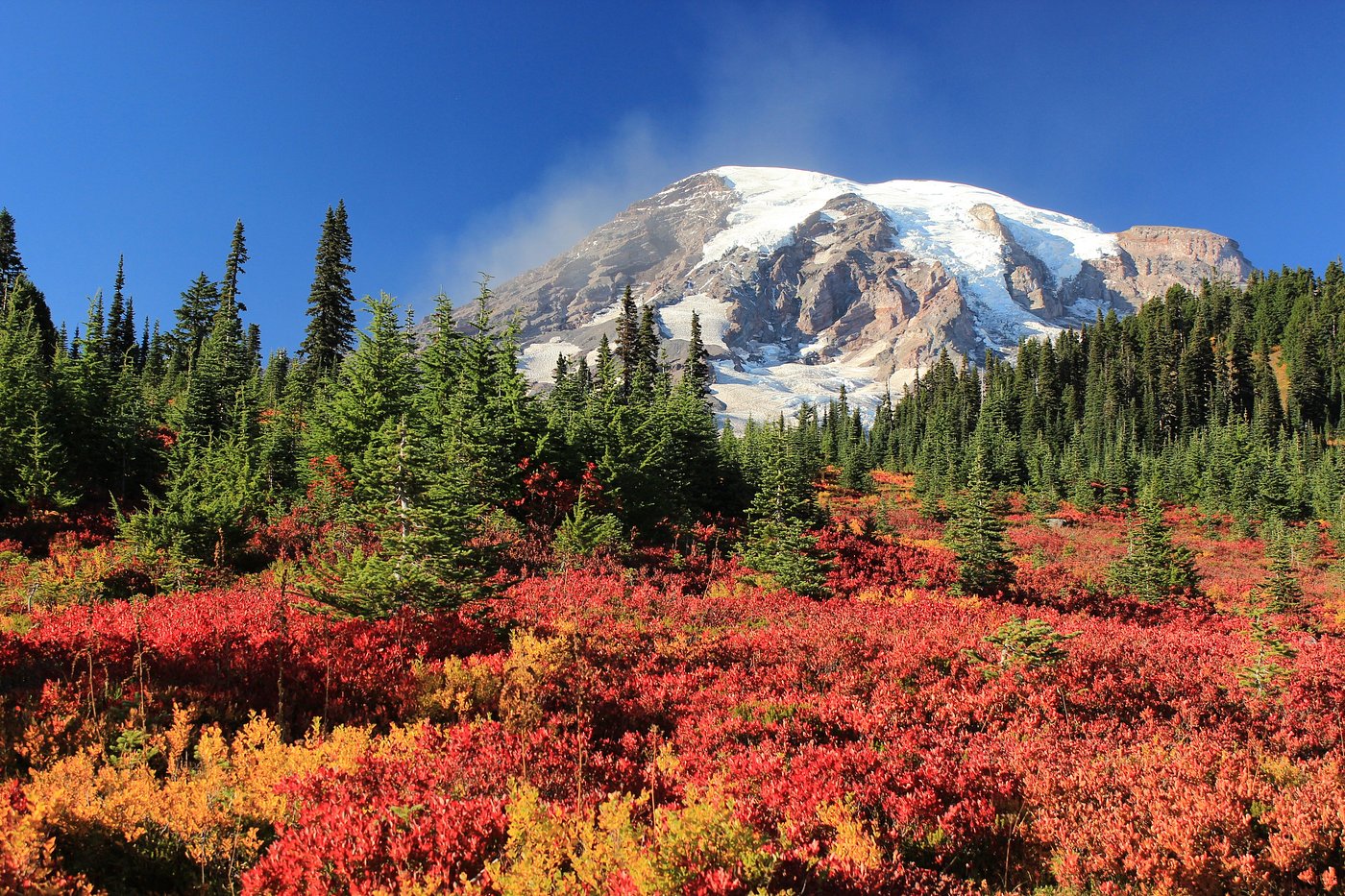
Image by Deborah C from tripadvisor.in
In Summary…
Mount Rainier National Park offers something for every nature lover. Towering glaciers, vibrant meadows, and abundant wildlife make it an unforgettable destination. Whether hiking to alpine lakes, exploring historic sites, or marveling at waterfalls, visitors find endless inspiration in this stunning landscape.

